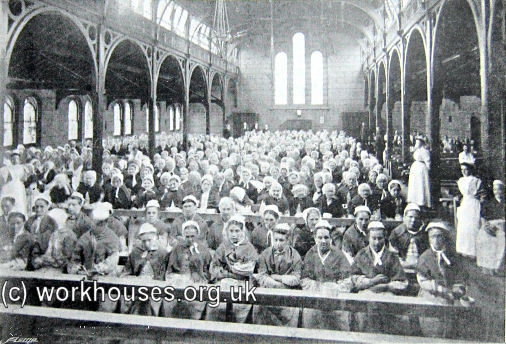In the last of our #historyvalentine series, Ministry member Laura waxes romantic about that icon of domesticity, Mrs. Beeton (completely in verse no less).
Ode to Mrs
Beeton
A love-letter to
good taste and sweet ordering…
Some say it was
just lucky
You were wedded to a spouse
Who happened to own and operate
His own publishing house.
Too many dull historians
(Most of whom are male)
Discount your work as trivial
A trifling
travail.
But it is a
masterpiece
That no home
should be without
After all, what
modern girl
Could make so
many meals from trout?!
 |
Although she only lived to 28, her legacy
lives on in this ode |
All your modern
copycats
Are better left
unread
It can’t be
called a cookbook
Without a page
on quadrupeds.
And as for being
topical,
Your work has
stayed the course
There is an
entire chapter
On what to do
with horse.
Who among us
doesn’t love
A brunch of
Plover’s eggs
Followed by
Dutch Flummery
Or curried
Lobster legs?
And you’re
strong on family harmony
Your
well-reasoned discourse
Prevents a
mal-cooked Parrot Pie
From ending in
divorce
But if it does
go horribly wrong
You thought of
all that too
It might not
have been explicit
But you showed
us what to do.
A husband struck
with Manflu
(Or ‘Concussion
of the Brain’)
Treated with
lead and camphor pills
Will never moan
again!
Or if a restless
child
Is keeping you
up at night
Some Calomel and
Opium
Should set the
noisy bugger right.
And so to Isabella
Who taught our Nans and Mums
And who, now that the world has changed
Will begin to teach our sons
I write a simple ode of thanks
For your well-read kitchen file
I may not like your forcemeat balls,
But I bloody love your style.
Laura is an accidental historical geographer, scholar of the Victorian home and urban forager. Follow her on twitter @tweetingbogart

















